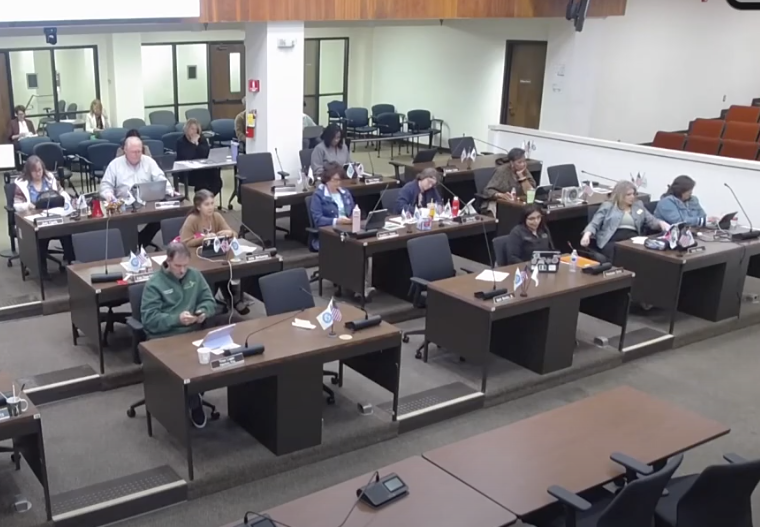
Ohio congressional districts must be redrawn this fall
While politics is pushing redistricting efforts in other states, Ohio is under a rule of the people to change congressional maps before the midterm elections.
Thanks to a constitutional amendment passed by voters in 2018, congressional districts drawn without bipartisan support from the Ohio Redistricting Commission must be redrawn every four years.
In 2020, the commission approved the maps favoring 10 Republican and five Democratic seats. According to Senate Minority Leader Nickie Antonio, D-Lakewood, the maps for 2026 mid-erm congressional elections should make the split 8-7 in favor of the GOP.
“Ohioans deserve congressional districts that respect communities, follow constitutional guidelines, and accurately reflect voters’ political preferences,” Antonio said in a statement. “I am deeply troubled by the types of partisan power grabs we’re currently witnessing in states like Texas, and I’m committed to working with my colleagues in a bipartisan process that puts Ohioans’ interests first.”
Answering President Donald Trump’s call to redraw maps in Texas to put more Republicans in Congress, Texas lawmakers have attempted to pass gerrymandered districts for the past two weeks.
Democrats fled the state to stop the process, but returned Monday.
The new Texas maps could potentially add five seats for Republicans in the House.
However, if Ohio lawmakers follow the voter-mandated rules, the GOP could lose two seats.
The Ohio Redistricting Commission is made up of the governor, lieutenant governor, secretary of state, state auditor, Senate president and House speaker – all Republicans, along with the Senate and House minority leaders.
The maps passed in 2020 had no minority support, which is required by the state constitution.
The General Assembly can pass new maps by the end of September, with a two-thirds vote in each chamber, which includes half of the Democrats. If that doesn’t work, the commission must adopt a plan by Oct. 31 that has the support of both Democrats on the commission.
If the commission fails, the General Assembly can try again and must pass new maps by Nov. 30. Those maps can pass with a simple majority but must comply with the constitution’s anti-gerrymandering provisions.
Those rules include that no plan can favor or disfavor one political party and districts must resemble voting percentages from the last 10 years in statewide and federal elections.
Latest News Stories

WATCH: Trump’s emergency Guard appeal denied; Fiscal Fallout reviews state salaries

Reforms prompt big money appeals in IL biometrics cases

Meeting Summary and Briefs: Will County Board Executive Committee for October 9, 2025

Renovations at Veterans Assistance Commission and Court Annex on Track for Winter Completion
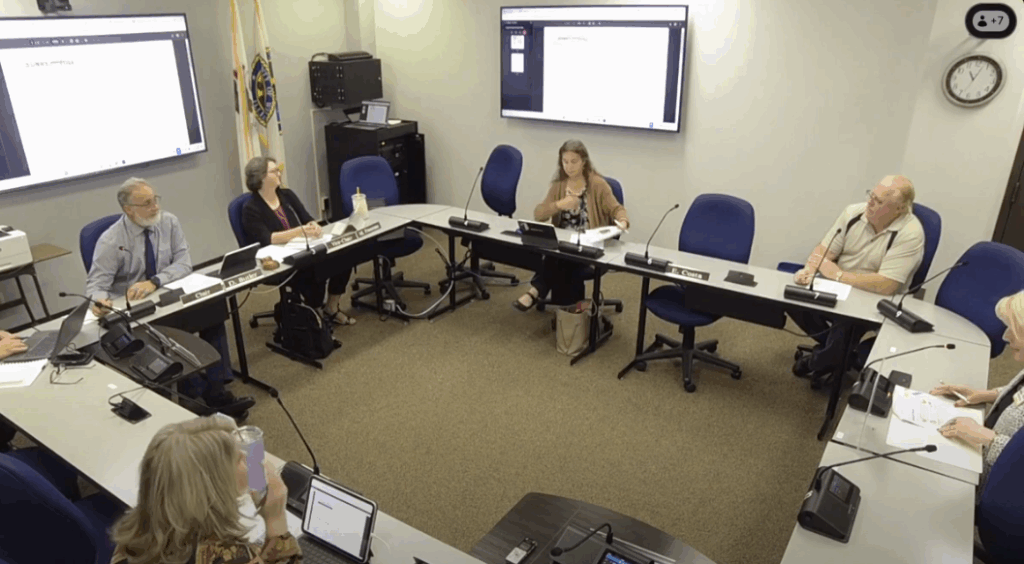
Will County Considers First Update to Wastewater Ordinance Since 2016
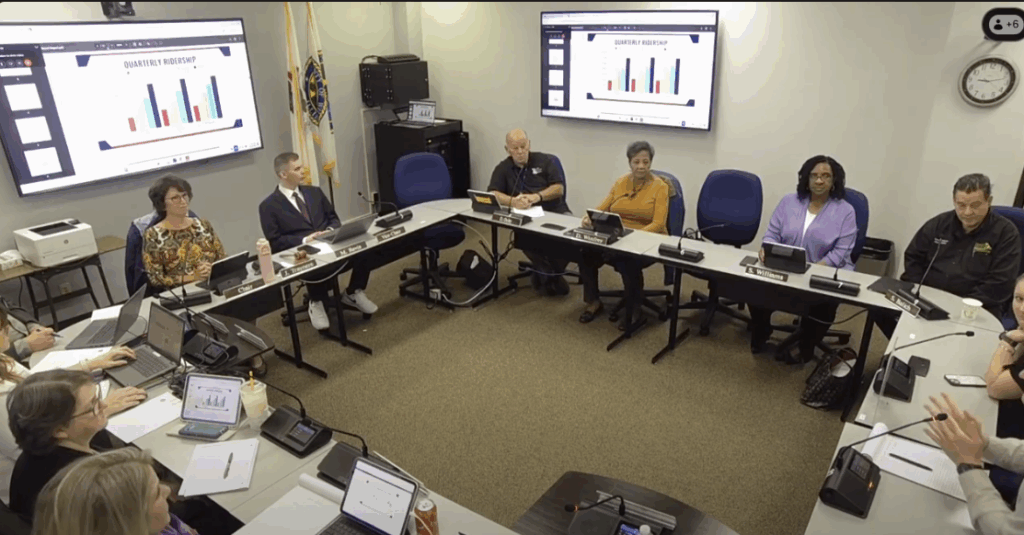
IDOT Plans to Invest Over $1.3 Billion in Will County Roads Through 2031

Committee Advances 50% Increase in Mental Health Levy on 4-3 Vote
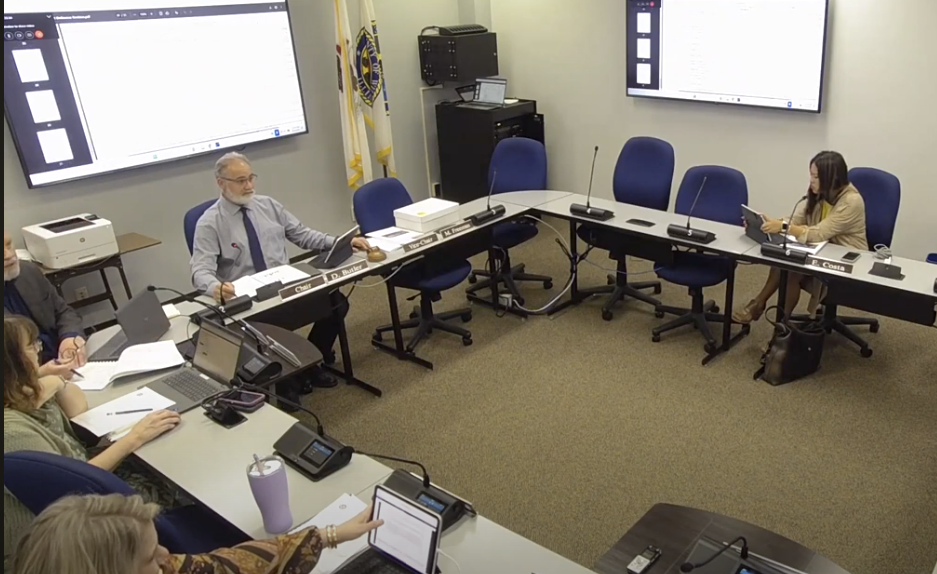
Will County Poised to Launch Major Mental Health Initiative Based on Joliet Program’s Success
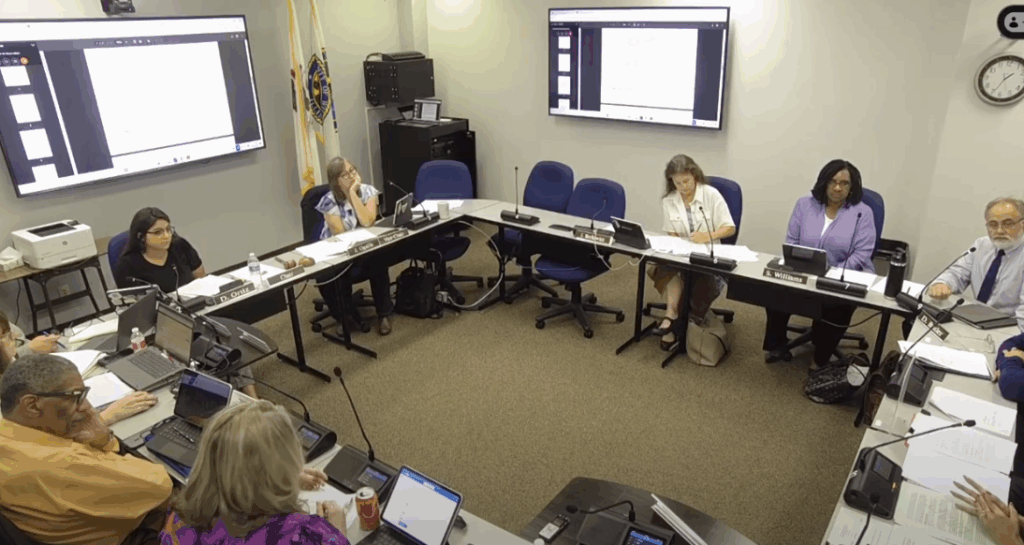
Looming State Energy Bill Threatens to Further Limit County Control Over Solar and Wind Projects

Controversial Immigrant Rights Resolution Postponed by Will County Board After Heated Debate

Will County’s Gas-to-Energy Plant Reports Nearly $460,000 Net Loss Amid Operational Setbacks

Will County to Draft First-Ever Policy on Artificial Intelligence Use

